Anatomical Narrow Angle Of Both Eyes
The iris is the colored part of the eye This can make. Angle-closure glaucoma acute pain and the potential for vision loss.
 Diagram Of The Anatomical Structures Forming The Iridocorneal Angle Download Scientific Diagram
Diagram Of The Anatomical Structures Forming The Iridocorneal Angle Download Scientific Diagram
In such eyes the iris can bunch up as the pupil dilates and close off the angle.
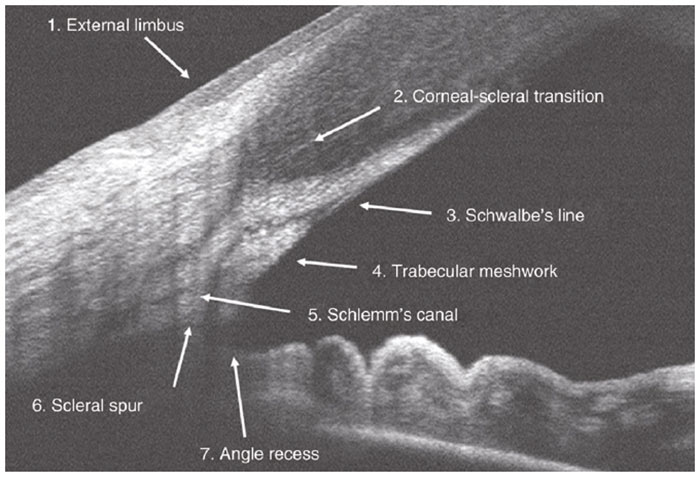
Anatomical narrow angle of both eyes. The best time to prevent the damage that angle-closure glaucoma can cause is to treat it with a laser iridotomy before the actual disease sets in. Having shorter eyes means that there is less room in the front of the eyes to contain both the lens and the iris. Anatomical narrow angle unspecified eye.
But it is detectable with regular eye exams and treatable when detected. When the anterior chamber angle is narrow patients are at risk of developing both acute angle closure glaucoma and chronic angle closure glaucoma. High eye pressure may lead to glaucoma.
Myopic nearsighted patients have long eyes causing the anatomical structures to be spread out. Although anatomically narrow angles may not be the talk of the town in glaucoma that distinction goes to microinvasive glaucoma surgery evaluation and management of anatomical narrow angles is an important topic due to the potential sequelae of angle closure. Certain people have a slightly different eye anatomy in which the iris is located very close to the drainage channels of the eye causing the angle to be narrow.
The diagnosis of narrow angles is not the same as a diagnosis of glaucoma. In patients with narrow angles the iris and cornea are too close together limiting the ability of aqueous humor to enter the drainage system. Angle closure glaucoma also called narrow-angle glaucoma refers to intraocular eye pressure caused by inefficient drainage of the eye canals.
2016 2017 2018 2019 2020 2021 BillableSpecific Code. H40039 is a billablespecific ICD-10-CM code that can be used to indicate a diagnosis for reimbursement purposes. In some eyes this angle is more acute than usual and is called narrow angle Eyes with narrow angles are at risk of developing angle closure in which access to the drain is closed off completely and fluid that is being produced in the eye is trapped and cannot escape the eye leading to a sudden increase in eye pressure to dangerous levels sometimes leading to permanent vision loss in a short amount of time.
Narrow angles may be a precursor to angle-closure glaucoma the kind of glaucoma that can have a sudden painful onset or a slow unrelenting downhill course. You may have narrow angles because of certain anatomical conditions such as having a shorter eye than the average person being hyperopic far-sighted or having a growing cataract that gradually narrows the angle over time. Theres no scarring and the pressures normal.
The largest category is people who are anatomically narrowthey look closed but if you press on the eye with gonioscopy you can open the angle he explains. It can present as acute glaucoma or chronic glaucoma and requires immediate medical attention. The angle is where the draining apparatus of the eye eye is located.
This is because farsighted people have shorter eyes than those who are nearsighted or than those who do not need glasses at all. This is preventative medicine at its best. Narrow angles are more common in people who are farsighted.
Some people have a shallow anterior chamber narrowing the angle of the eye. The 2021 edition of ICD-10-CM H40039 became effective on October 1 2020. Narrow angles tend to be more common in people who are farsighted because they have shorter eyes than those who are nearsighted or dont need glasses at all.
The peripheral iris is located close to but not touching the posterior pigmented trabecular meshwork TM. A shorter eye can mean that there is less room in the front of the eye to house both the lens and iris. The buildup of fluid can cause a sudden and dangerous increase in the pressure behind the eye known as intraocular pressure.
Patients who are hyperopic farsighted have very short eyes and this naturally puts them at risk for narrow angles because the structures of the eye are essentially compressed together. One type of glaucoma can result from blockage of the angle between the iris and cornea. Narrow angle is a term used to describe the shape of the drainage angle of the eye.
Friedman says he now prefers to divide angle closure patients into four major categories. The front part of the eye houses the anterior chamber. What is anatomically narrow angle without glaucoma.
The incidence of narrow-angle glaucoma in the general population is around 1 percent increasing in Inuit Eskimo and East Asian individuals. The iris can sometimes close the angle by dilating in a dark room such as a movie theater. Evaluation and management of anatomically narrow angles has never been a hot topic in eye care.
A narrow angle is an anatomical configuration in the eye that under certain conditions can result in high eye pressure. The angle of the eye is defined as the angle that is formed between the cornea the clear outer portion of the front part of the eye and the iris the colored part of the eye. The term narrow angle refers to an anatomical condition in which there is irido-trabecular apposition caused by any number of factors.
Primary angle-closure suspect PACS or anatomic narrow angle An eye in which the anterior chamber angle recess has an abnormally narrow angular width. When the anterior chamber angle is narrow the drainage system is at risk. Narrow angle glaucoma also known as acute angle glaucoma or closed-angle glaucoma is an eye condition that occurs when fluid builds up behind the iris.
This can lead to increased intraocular pressure known as chronic angle closure glaucoma. Generally narrow-angle glaucoma is caused by the iris the colored part of the eye that surrounds the pupil being bowed forward restricting the space between the clear cornea and the iris where the drainage angle of the eye is located.
Moran Core Drugs That Can Cause An Acute Angle Closure Crisis
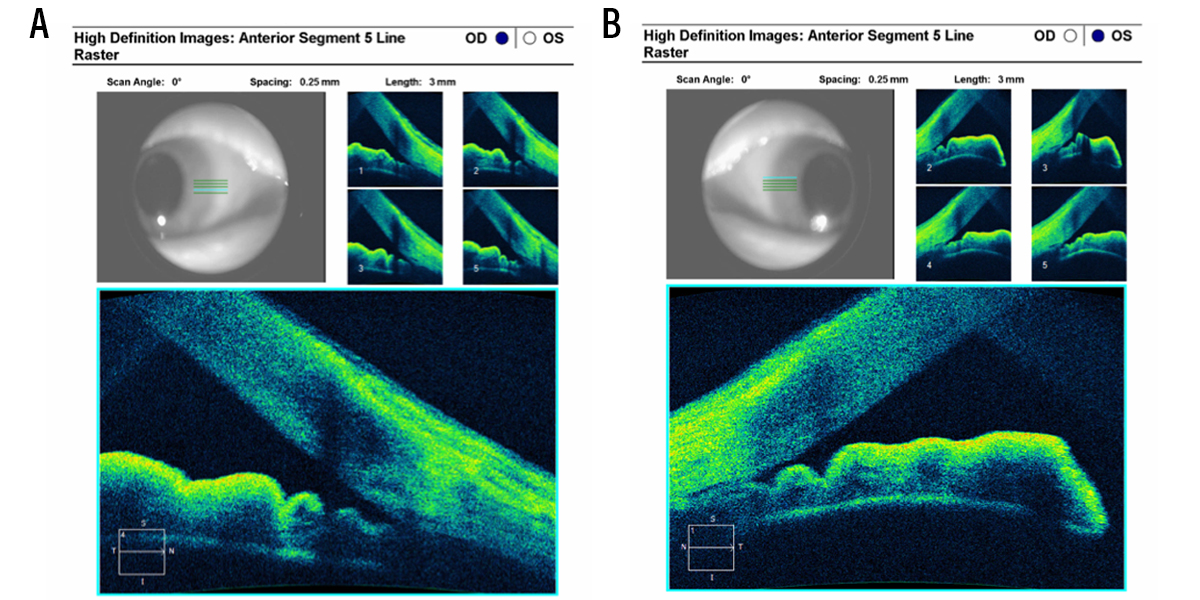 Anatomically Narrow Angles How To Deal Collaborativeeye
Anatomically Narrow Angles How To Deal Collaborativeeye
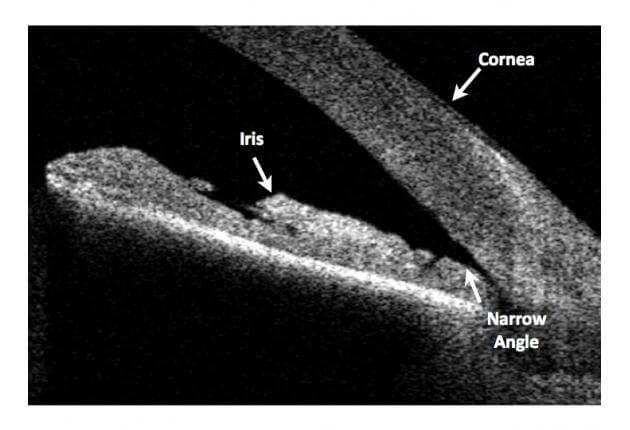 Angle Closure Glaucoma Narrow Angle Glaucoma Wills Eye Hospital
Angle Closure Glaucoma Narrow Angle Glaucoma Wills Eye Hospital

When Should I Perform Lens Extraction Alone For The Primary Angle Closure Suspect Glaucoma Today
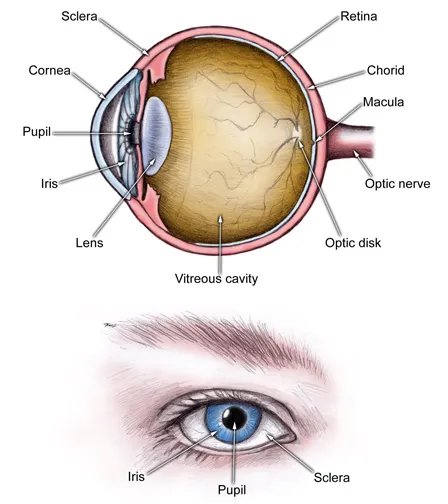 Acute Angle Closure Glaucoma Causes Symptoms Treatment
Acute Angle Closure Glaucoma Causes Symptoms Treatment
 Eyeworld Iridotomy Is Done Now What
Eyeworld Iridotomy Is Done Now What
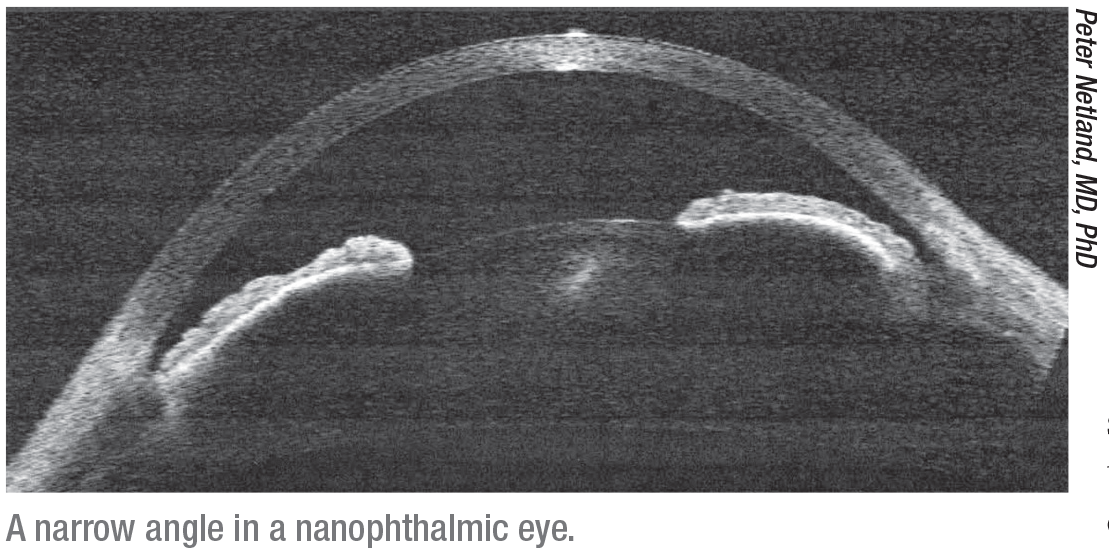 How To Catch Narrow Angle Glaucoma
How To Catch Narrow Angle Glaucoma
Focus On Narrow Angle Glaucoma Rojas Eye Care
Understanding Eye Structure Fiteyes Com
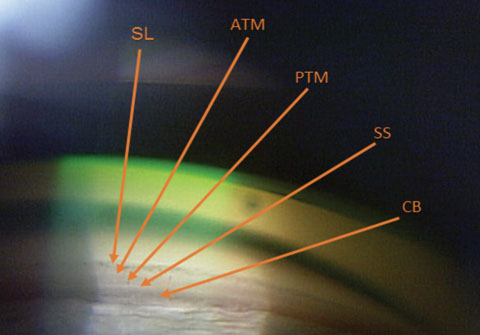 Angle Closure Glaucoma Are You Ready
Angle Closure Glaucoma Are You Ready
Managing Narrow Angles And Glaucoma




Post a Comment for "Anatomical Narrow Angle Of Both Eyes"